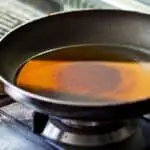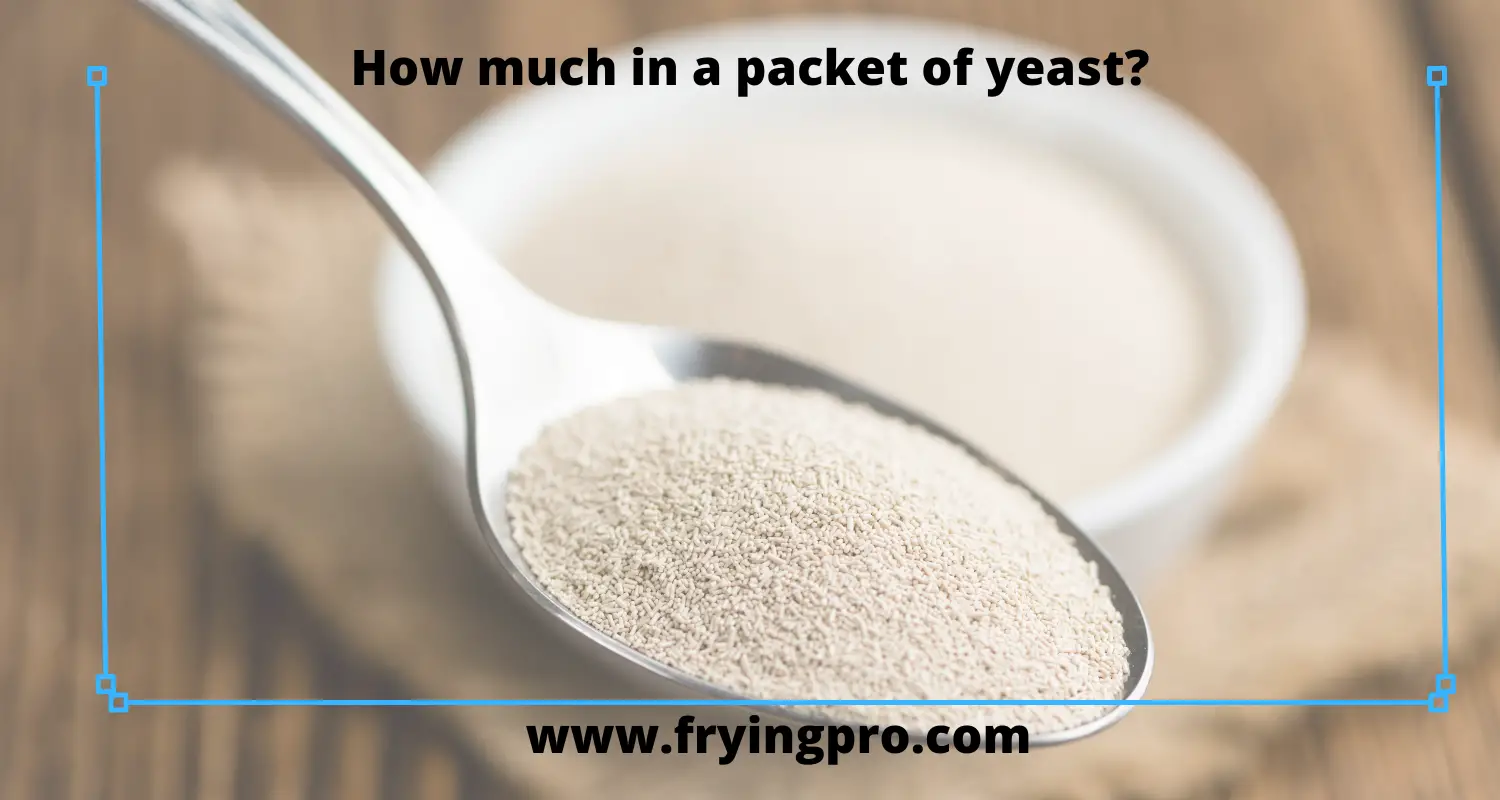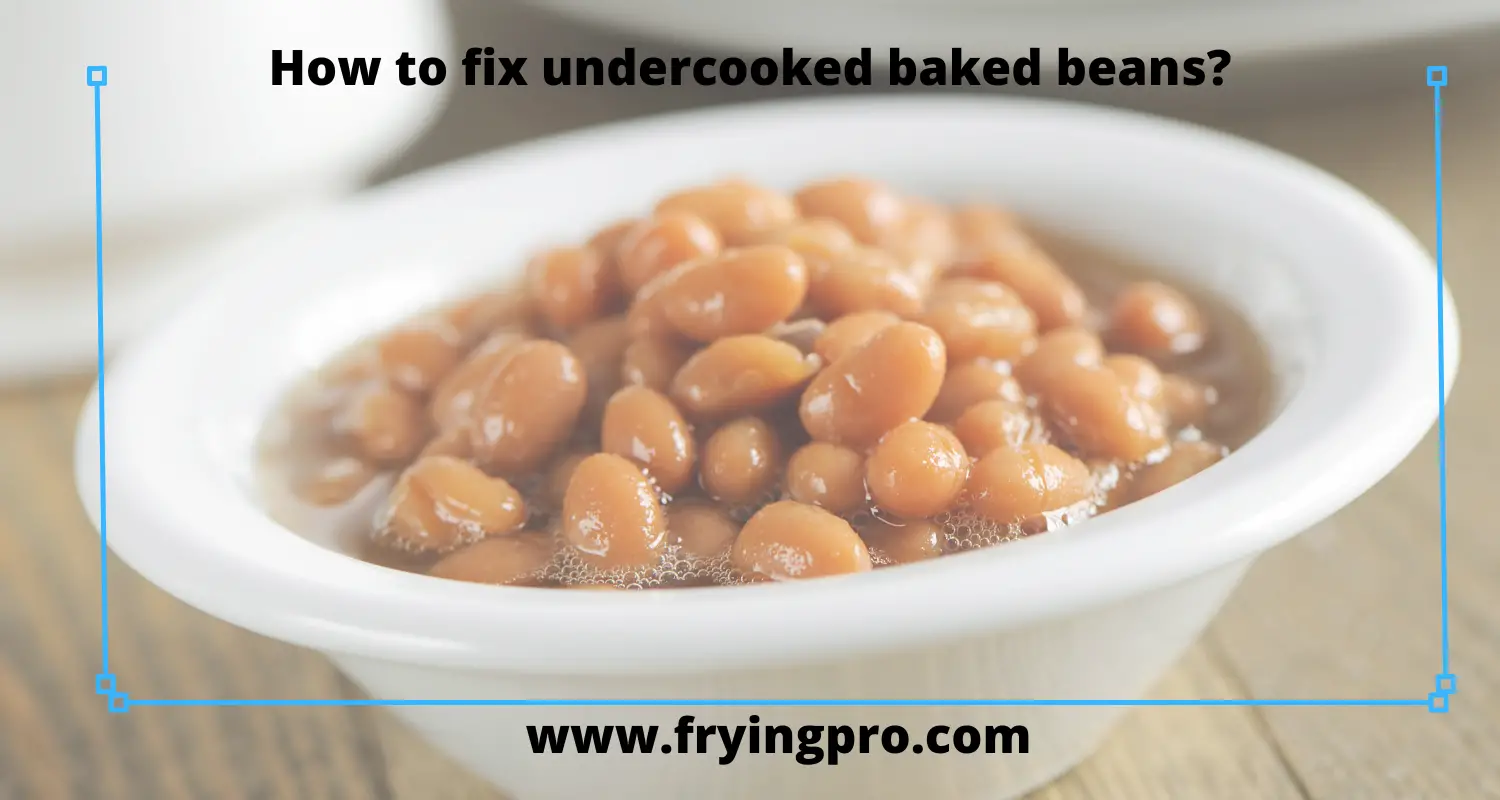Table of Contents
- Will deep-frying kill bacteria?
- Types of bacteria
- Factors that determine whether deep frying can kill bacteria or not!
- Are there any bacteria that withstand frying?
- Conclusion
Will deep-frying kill bacteria?
This blog post will explore the question: Will deep-frying kill bacteria? We’ll look at some of the research and talk about what we know and don’t know about this process.
One thing we do know for sure: it’s not good for you! Let’s look at how frying affects bacteria, why that might be, and what factors determine bacterial survival.
Above all, one thing is definite. Most bacterias can’t survive high temperatures. There are only a few types of bacteria that can grow in the temperature range of frying. So, yes, deep-frying can kill bacteria.
Let’s see the different types of bacteria and at what temperature they can’t survive.
Types of bacteria
So know that you: most bacterias can’t withstand high temperatures. Let’s look at some types of bacteria usually present in food.
Salmonella
Salmonella is a bacterium found in poultry, eggs, and raw or undercooked meat.
This bacterium produces a toxin that causes food poisoning. When it’s present in our food, we can reduce the number of microorganisms by heating the food properly before consuming it.
On a side note, salmonellosis is an infection caused by eating foods contaminated with Salmonella.
How to kill it?
This type of bacteria dies at temperatures above 150 degrees F. If you deep fry the meat or eggs, keep the temperature above 150 degrees F.
Clostridium perfringens
It is a bacterium that can grow in foods under improper temperature conditions, but it can’t grow in the temperature range of deep-frying. This bacteria is found in meat, especially foods cooked in large batches.
So by using high temperature to our advantage, we can reduce their numbers on food surfaces to almost zero.
How to kill it?
Kill this type of bacteria by deep-frying at medium to high temperatures. As mostly, this bacteria can’t withstand above 140 degrees F temperature.
Bacillus Cereus
This bacterium is naturally found in soil and dust, but it is also found in plant-based foods, rice, potatoes, e.t.c. It can’t grow above the temperature of 170 degrees F, so deep frying food at such high temperatures will reduce its numbers to negligible amounts.
How to kill it?
This type of bacteria also dies at the temperature range of 150 degrees F to 170 degrees F.
Listeria monocytogenes
This bacterium can be found in refrigerated foods. For instance, kinds of seafood and dairy products. It is also found in fish and meat.
Listeriosis can be spread through raw or uncooked meats and shellfish contaminated with Listeria. Although this bacteria can’t grow at temperatures above 70 degrees Celcius, it can grow or multiply in a refrigerator.
So keeping your deep fryer and the food you’ve just fried at a temperature of 70 degrees C or more will reduce their numbers to minimal amounts.
How to kill it?
To kill this type of bacteria, deep frying the food is best.
Factors that determine whether deep frying can kill bacteria or not!
Numerous factors determine whether deep-frying is an effective way to kill bacteria in our food or not.
Oil
This is the major factor that determines whether deep-frying is an effective way to kill bacteria or not. The oil will determine how hot you can get your food without drying it out. It affects the amount of time you have before the surface starts to burn.
Some oils are more tolerant than others, so deep-frying food with oil that can’t stand high temperatures will affect the results.
Conductivity of food
The electrical conductivity of food is important because it can determine how heat moves through the food. And heat determines whether or not the bacteria on your food are destroyed during deep frying. If you have high conductivity food, it will heat faster. This is important when you are using an air-fryer.
The lower the conductivity, the slower the heat through your food. Some foods are naturally low in conductivity, while others are high conductivity even if cooked.
Container type
This factor determines how much oil is necessary to deep fry your food properly and whether or not this will be an effective way to kill bacteria in the food. Some containers make it easier for you to fry foods without getting too much oil on your food, while others require more oil to get better results.
Copper is set to be the material that can not only prevent but also kill bacteria. So cook your food in copper cookware.
Hygiene of the kitchen
Even if the deep-frying has killed every bacteria in your cooked meal, an unhygienic kitchen can reintroduce these bacteria. So if your kitchen is not clean, the bacterium can be reintroduced to the food you just fried, which will cause illness.
Are there any bacteria that withstand frying?
Yes, some bacteria withstand frying at high temperatures. So you can’t use just the temperature to kill all bacteria in your food.
Helicobacter Pylori (H. pylori)
This bacterium lives in the stomach and is responsible for causing ulcers and cancer in many people. This type of bacteria is killed at temperatures above 60 degrees C (140 degrees F), but it can survive when you fry your food at lower temperatures like 40 degrees C (104 degrees F).
Campylobacter jejuni and Escherichia coli 0157:H7
These two types of back rapidly when the cooked food reaches room temperature, so it is better to chill cooked food quickly. But these bacteria can survive when you cook them at temperatures above 60 degrees C (140 degrees F).
Conclusion
Even though deep frying does not kill all types of bacteria, it will reduce their numbers on food surfaces at least by 100 times which is enough to make most people healthy again. So if you are wondering whether deep frying can kill bacteria or not, the answer is yes.
Deep frying with oil that can stand high temperatures will kill most bacteria on food surfaces with one fry. However, there are factors that you have to consider before deep-frying your food again.






